This South Carolina Island Is Hard to Get to and Even Harder to Leave
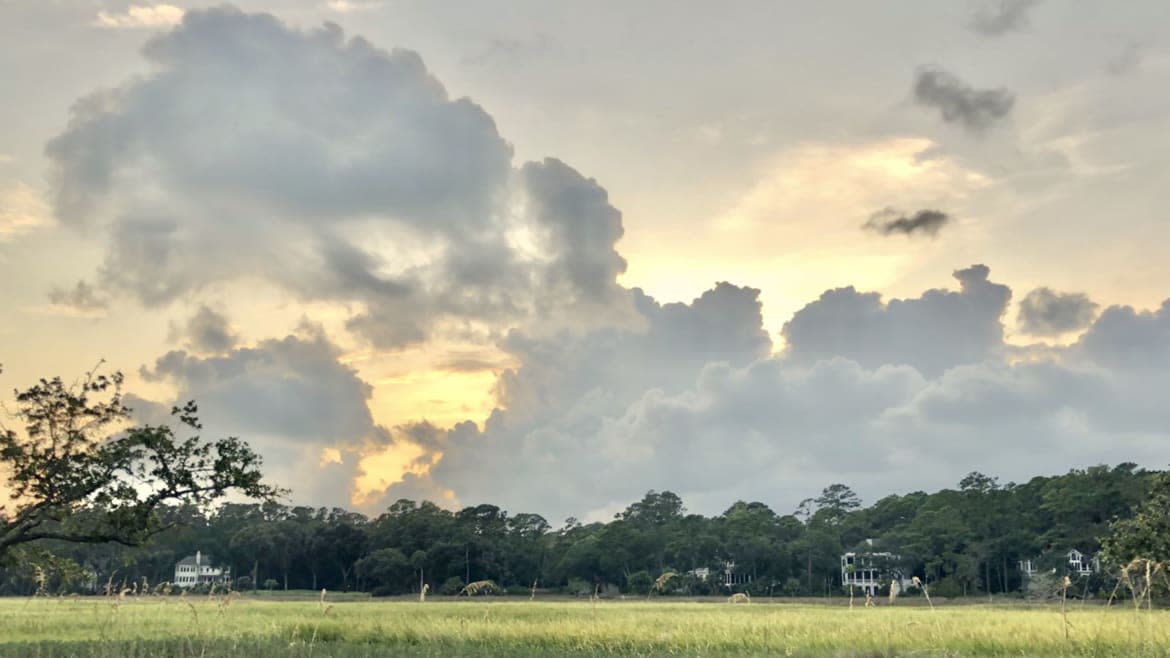
Today we got another three inches of snow on top of the two feet already blanketing the yard. While I sit inside, watching this fresh hell descending, I pass the time dreaming of a small, sunny island off the coast of South Carolina.
I don’t just think about Daufuskie Island when it’s miserable outside. Since I visited for the first time a year and a half ago, I have thought about it a lot in fair weather and foul alike. Like all places marinating in their own history, it is light and shadow, bitter and sweet. There is something beguiling about it, and something haunting. Once it gets its hooks in you, it doesn’t turn you loose.
For an island only about 5 miles long and a little over 2 miles wide, it makes a big impression.
The southernmost point in South Carolina, Daufuskie sits across Calibogue Sound from Hilton Head, and the part of the island where I stayed looks a lot like Hilton Head: Haig Point is a tastefully developed gated community that respects the ecology of the terrain it inhabits—the first thing the developers did upon purchasing the property was hire an archeological team to identify any historical elements that needed preserving. The houses, golf course, tennis courts, restaurants, beach club, and stables are all tucked into the landscape with a minimum of ostentation. If there were an architectural style called Quietly Palatial, that would pretty much sum up Haig Point.
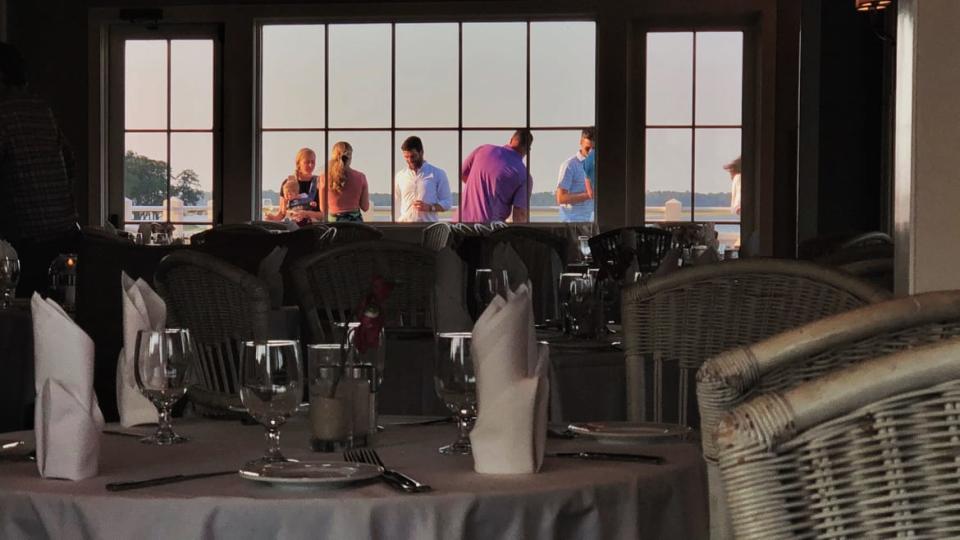
The most arresting features inside its boundaries are the carefully tended remains of the slave cabins that were once part of the plantation—one of eleven at plantation peak—that once occupied the property.
The slave cabins were the first things I saw in the morning and the last things I saw before turning in at night. They’re just ruins now--roofless, partial walls--poking up here and there through the manicured landscape. The ruins are made of tabby, a durable coastal building material composed of lime, ash, sand, and oyster shells fused into a substance strong enough to withstand a hurricane and the wear of time: The plantation that once contained those slave cabins has been gone for 150 years, but remnants of the tabby cabins stubbornly endure, physical manifestations of a stained past.
Daufuskie is not geared for daytrippers. I encountered several batches of very confused and frustrated tourists cruising the island’s unpaved roads in rented golf carts (the primary means of transportation on the island, where cars and trucks are banned). “We’re lost” and “We’re not sure what we’re looking at” were two common comments. One exasperated man I drove past exclaimed, “All I’ve seen so far are horses!” And a very angry woman insisted, “There’s nothing to see here.”
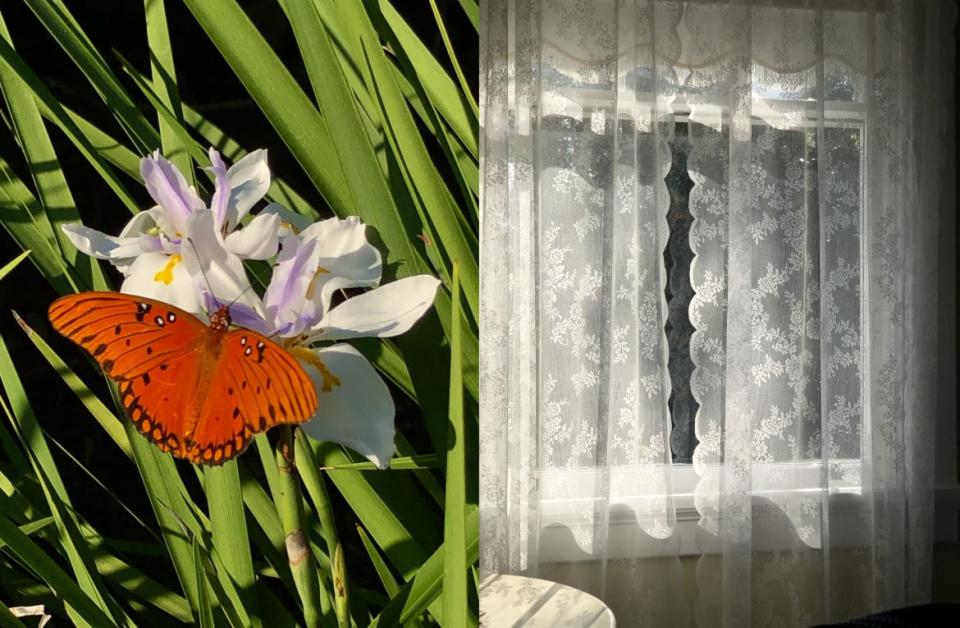
I was grudgingly sympathetic. Grudging because she was wrong, sympathetic because Daufuskie is no Hilton Head, no Disney World, nor even as manicured and managed as the average state park.
Haig Point takes up about a quarter of the island and is restricted to homeowners. The rest of Daufuskie is dotted with a few other developments (including one that’s currently defunct, complete with a derelict golf course that made me think “zombie movie” every time I drove past), but mostly it’s beaches, marshes, and thick woods where the infrequent house sits tucked back from the road, nearly hidden in the shade of the massive live oaks that tower overheard. Little graveyards lie back in the woods, some with fresh graves, some that have been there for centuries. The human footprint on Daufuskie is light, but relics tell us it’s been there for 9,000 years.
Confused tourists notwithstanding, there is plenty to see on the island, all of which lies under the protection of the National Register of Historic Places. But it’s not easy to uncover Daufuskie’s rich culture unless you’ve done some homework, brought along a map, and, preferably, hired someone local to show you around.

There are several guides available, but I don’t know how you could do better than Sallie Ann Robinson, who besides conducting tours is a sought-after caterer, cookbook author, local historian, and all-around force of nature with an infectious laugh that could put a smile on the face of a corpse.
Robinson was born on Daufuskie and went to school there (one of her teachers was the author Pat Conroy, who wrote about his year on Daufuskie in the thinly fictionalized memoir The Water Is Wide). For years after school, she lived and worked on the mainland, but once her family was grown, she returned (“I just kept being called back”), and today she’s the island’s foremost ambassador.
Robinson’s tours aren’t usual in any way. As she pilots her golf cart full of tourists around the island’s sandy lanes (there are almost no paved roads), she skips most of the drony historical recitations that characterize so many tours--"After the Spanish came the English…"--and concentrates on her own story. This sounds a little self-serving, but the more you listen, the more you realize that her story is indeed the island’s story: an isolated but well-knit, self-sustaining community of Blacks and whites who for several centuries lived quite apart from outside influence. Daufuskie didn’t get telephone service until the early 1970s.
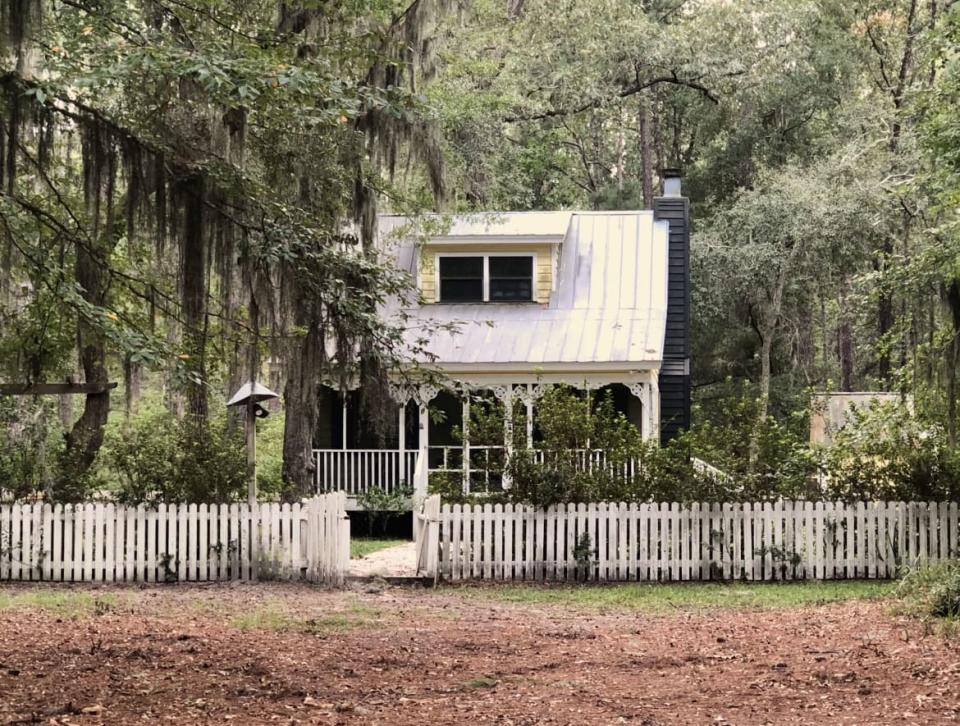
When a historical benchmark does crop up in Robinson’s narration, she always supplies the human element that makes it relatable. Electricity, for example, did not come to Daufuskie until 1953, but that changed things very little at first because, as Robinson pointed out, even such a basic staple of modernity was beyond the reach of many residents: “We didn’t have TV growing up, ’cause most folks couldn’t afford to have their houses wired.”
What was most interesting about Robinson’s narrative was the chance to hear someone who has lived through a historical epoch tell it from the inside.
Daufuskie is at the geographical epicenter of what historians call the Gullah/Geechee corridor. Gullah and Geechee are virtually synonymous names for the sea island culture and creole language that sprang up among enslaved people living on the sea islands of the Carolinas and Georgia (the names have Indian origins, and Georgia natives are more apt to self-describe as Geechee). Both the culture and the language blend elements drawn from the people who commingled on the isolated sea islands: Africans, English colonists, and Native Americans. And the key to the Gullah culture’s survival was the isolation. It thrived thanks to the indifference of the outside world.
But the stories told by historians are not always the same stories told by the people who lived that history.
“When we were growing up, our mom and dad would sit us down and tell us stuff about their time and what was here and where we came from,” Robinson said, standing in the sanctuary of the First Union African Baptist Church that has stood at the center of the community since 1883. But her parents’ lessons weren’t about being special or being different. Island life was all she knew as a child, it was her whole world. “I remember tourists coming here in the seventies and saying, where are the Gullah people? We’ve come to hear the Gullah. And we just looked at them, ’cause we’d never heard that word before. Who be that? And that be us. But we didn’t know we were speaking a dialect or language.”
The Gullah culture has been imperiled for decades. Growing up in the Carolinas in the 1960s, I heard my mother talk about people in the Lowcountry who spoke a mysterious language called Gullah, and even then she told me that Gullah was slowly vanishing.

In 1900, Daufuskie had a population as high as 3,000 people. But by the middle of the 20th century, pollution from the Savannah River had wiped out the oyster beds on which most residents depended for their livelihood. After that, the population dwindled as islanders moved away to the mainland. Today, the population hovers just above 400 full-time residents.
Most of the island’s economy now depends on tourism, and there are plenty of vacation homes and several good restaurants. Lately a small but thriving artist community has taken root, and there is even a microbrewery. But while this sounds like a lot of coastal resorts, it is somehow different.
Gullah culture may have waned but it has not vanished. Not long ago, a New Testament in Gullah was published. And the locals, Black and white alike, do what they can to honor and protect that culture. It’s endangered but it’s still alive: just look at all the household doorways painted a light blue to keep spirits at bay. In many cases, that paint is still fresh.
And the island itself has kept its natural character. Yes, there are roads and maps, and a gated community and vacationers, but there is also something indomitably, mysteriously wild about Daufuskie. Sea turtles still come up on the beaches to lay their eggs. Rare fox squirrels still race through the trees, and alligators and egrets patrol the golf courses.
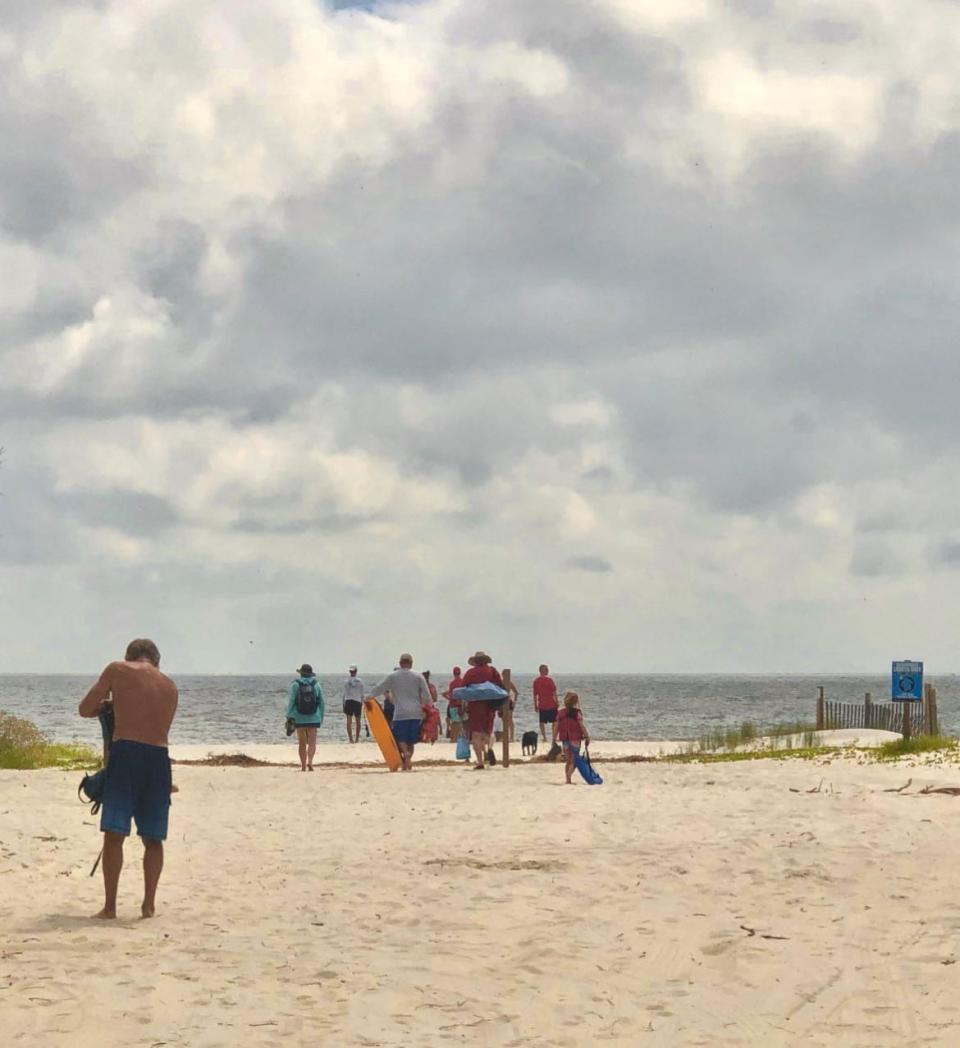
Still accessible only by ferry or barge, Daufuskie remains a place apart. You have to really want to go there, and once you’re there, you have to give yourself up to the woods and the water and the lack of signposts. You have to be willing to get lost. Once you do that, once you give up being in control, then you begin to see. And then you can begin to learn. You may not feel at home right away, but you understand why people who come here never want to leave, and why people who did have to leave want to come back. That’s what I loved about the place. That’s why I dream about it.
I also keep thinking about something Sallie Ann Robinson told me. “When we were little kids, and we did something bad one time, my daddy got mad and said, ‘Y’all keep acting like that, they’re going to come and put you in jail.’ And we just looked at him and said, ‘What’s a jail?’”
Get our top stories in your inbox every day. Sign up now!
Daily Beast Membership: Beast Inside goes deeper on the stories that matter to you. Learn more.

 Yahoo Movies
Yahoo Movies 
